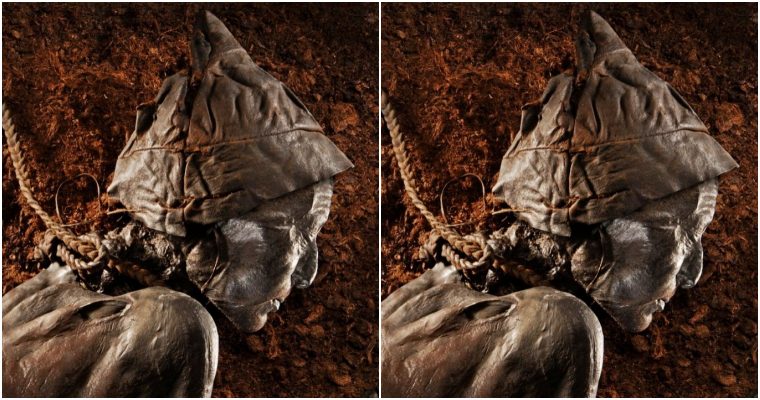A cave in Israel said to be the burial place of Salome, Jesus’ midwife, has yielded more of its secrets, according to archaeologists who have unearthed inscriptions and precious artifacts there, which was once revered as a pilgrimage destination by early Christians.
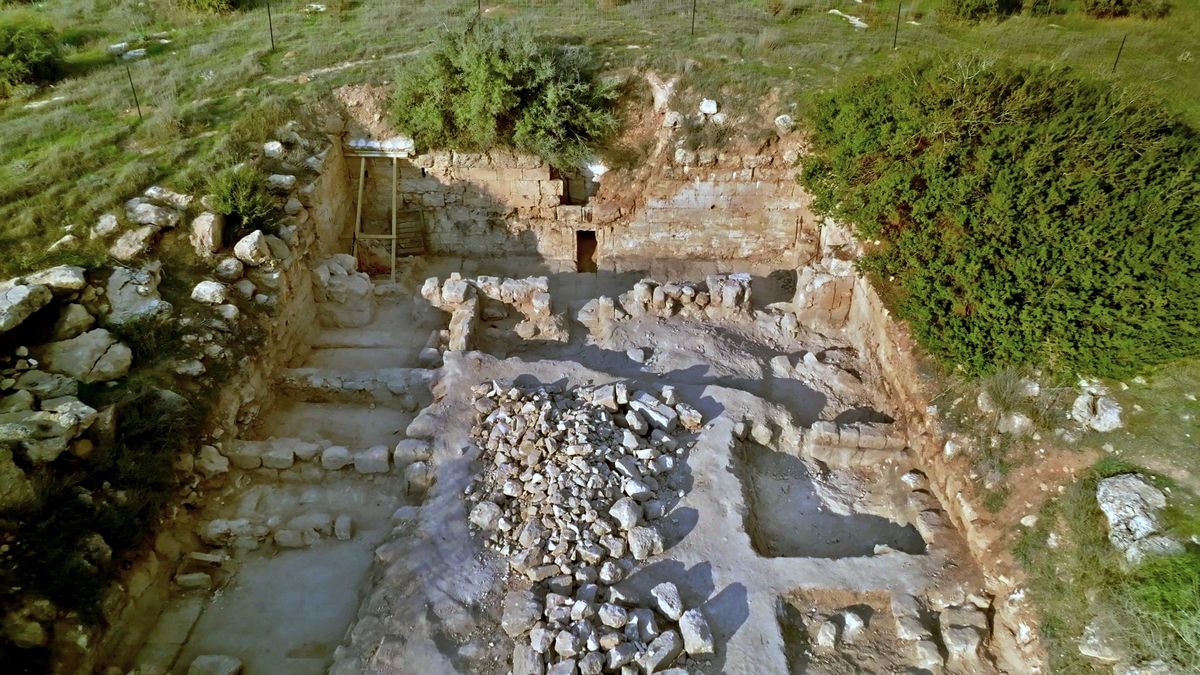
The discoveries at the Cave of Salome, near the ancient city of Lachish and about 30 miles (48 kilometers) southwest of Jerusalem, include hundreds of clay oil lamps that pilgrims had purchased or rented before entering the cave, and inscriptions carved into the walls by worshippers, some of them written in Arabic.
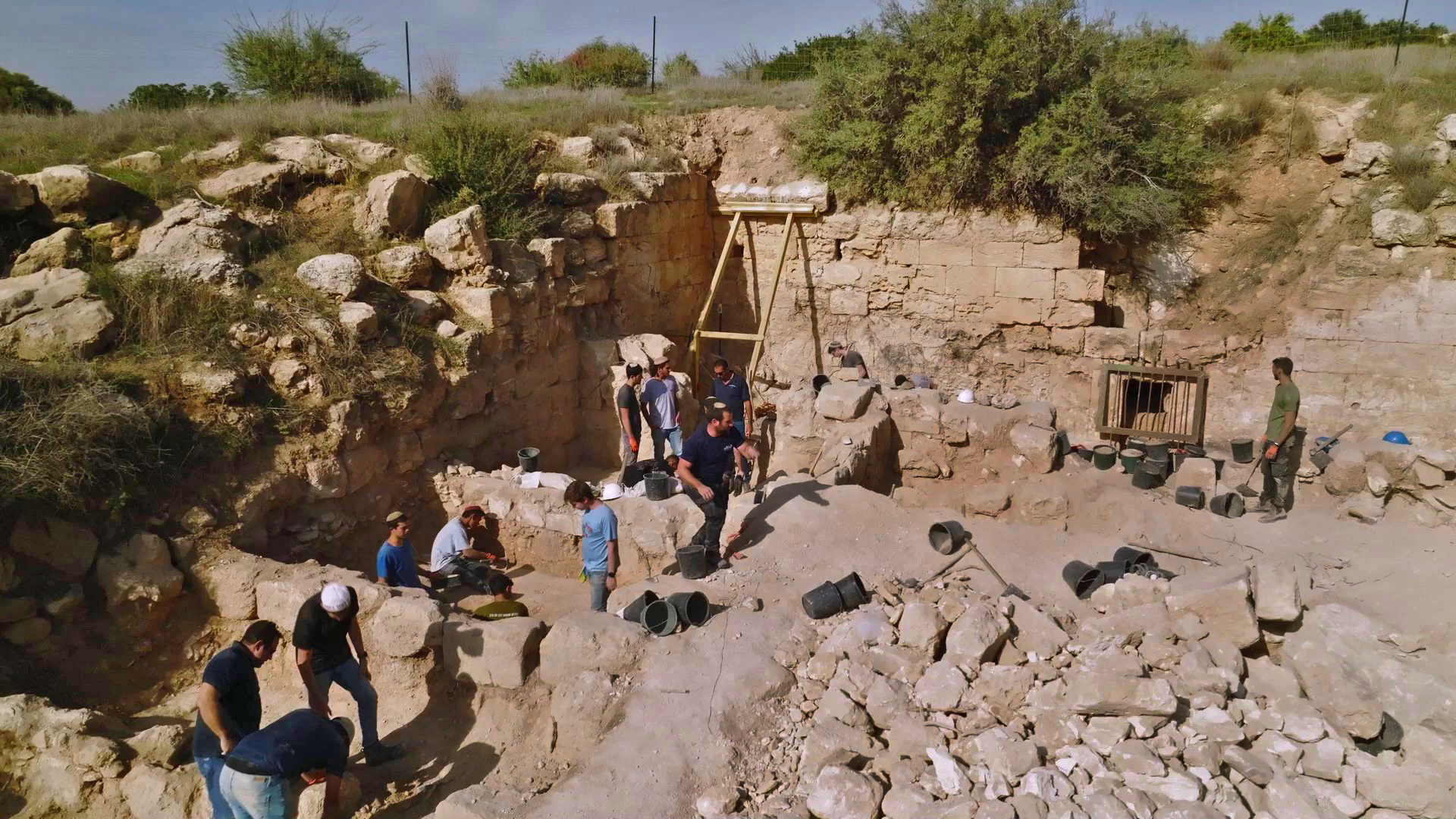
Although looters discovered the cave 40 years ago and archaeologists excavated the site in 1984, the new dig is the first to examine the cave’s forecourt, a decorated spot covering 3,767 square feet (350 square meters) that sports mosaic floors and is surrounded by stone walls. Next to the court, the cave’s entrance is heavily decorated with symbolic carvings of rosettes, pomegranates and acanthus vases — a type of vase covered with the ornamental leaves of the acanthus plant, which are said to be characteristic Jewish designs, according to a statement from the Israel Antiquities Authority(opens in new tab) (IAA). Christian pilgrims visited the cave during Byzantine times, from the fifth century A.D; but evidence suggests that a wealthy Jewish family originally used the cave for burials about 2,000 years ago, the IAA researchers said.
“The family tomb attests that its owners were a family of high status in the Judean shefelah [lowlands] in the Second Temple period,” which lasted from 516 B.C. to A.D. 70, the statement said. “The name Salome may have appeared in antiquity on one of the ossuaries [stone boxes] in the tomb, and the tradition identifying the site with Salome the midwife developed.”
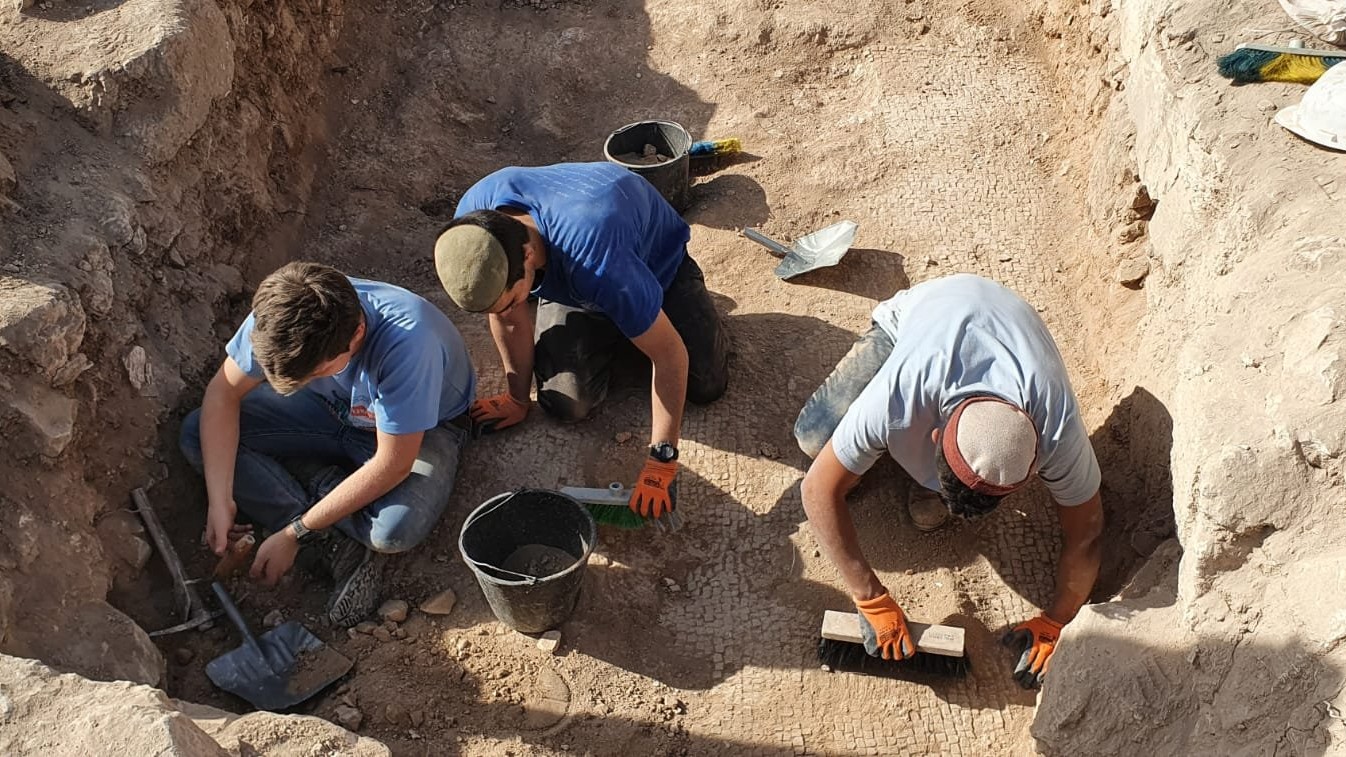
Jesus’ midwife
The story of Salome the midwife is told in the Gospel of James, which is considered apocryphal by Christians — meaning its authenticity is doubted — and it does not appear in the New Testament.
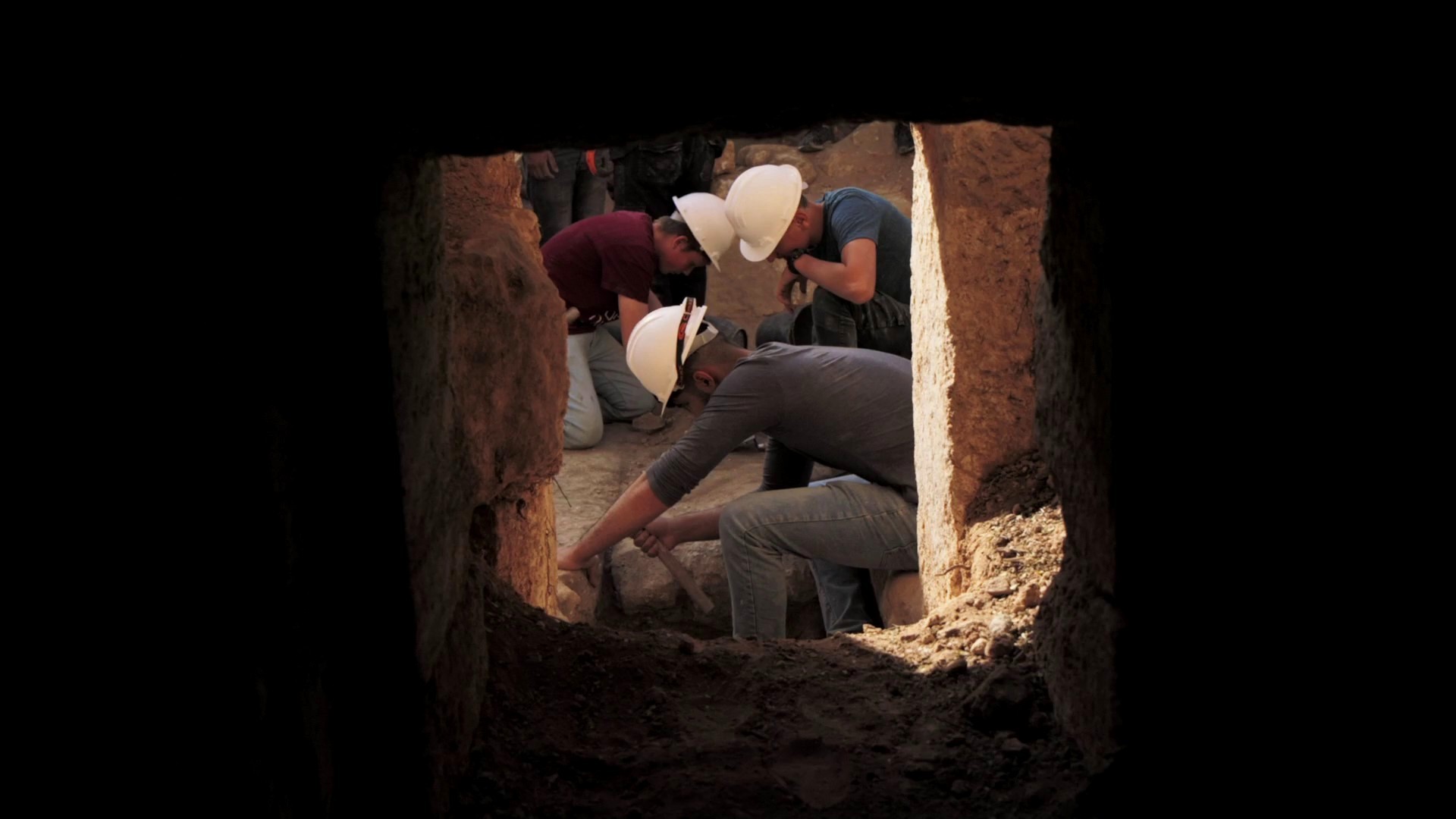
Salome is largely unknown to Western Christians today; but she was venerated by early Christians and is depicted as a midwife at the birth of Jesus in many Eastern Orthodox icons.
The story in the Gospel of James relates that Salome was an associate of another, unnamed midwife at the birth of Jesus; but that her hand was withered when she refused to believe that Jesus’ mother was a virgin, and it healed only after she touched the baby’s cradle.
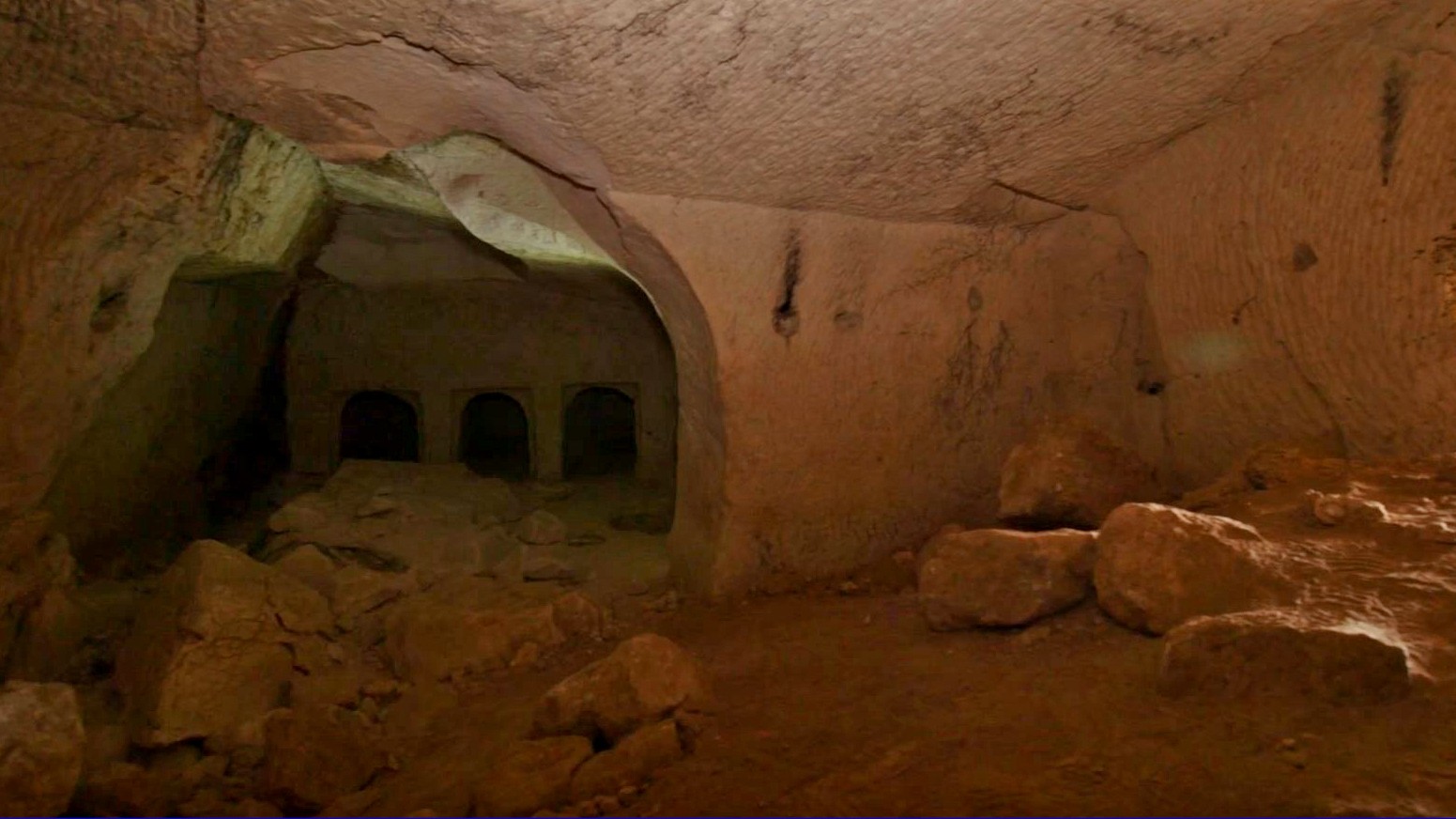
The Salome cave itself comprises several chambers with multiple rock-hewn kokhim (burial niches) and broken ossuaries, attesting to the original Jewish burial custom. But it was a surprise to the archaeologists that the site had become an early Christian chapel and pilgrimage center.
“Salome is a mysterious figure,” the researchers said in the statement. “The cult of Salome, sanctified in Christianity, belongs to a broader phenomenon whereby the fifth-century CE Christian pilgrims encountered and sanctified Jewish sites.”
Place of pilgrimage
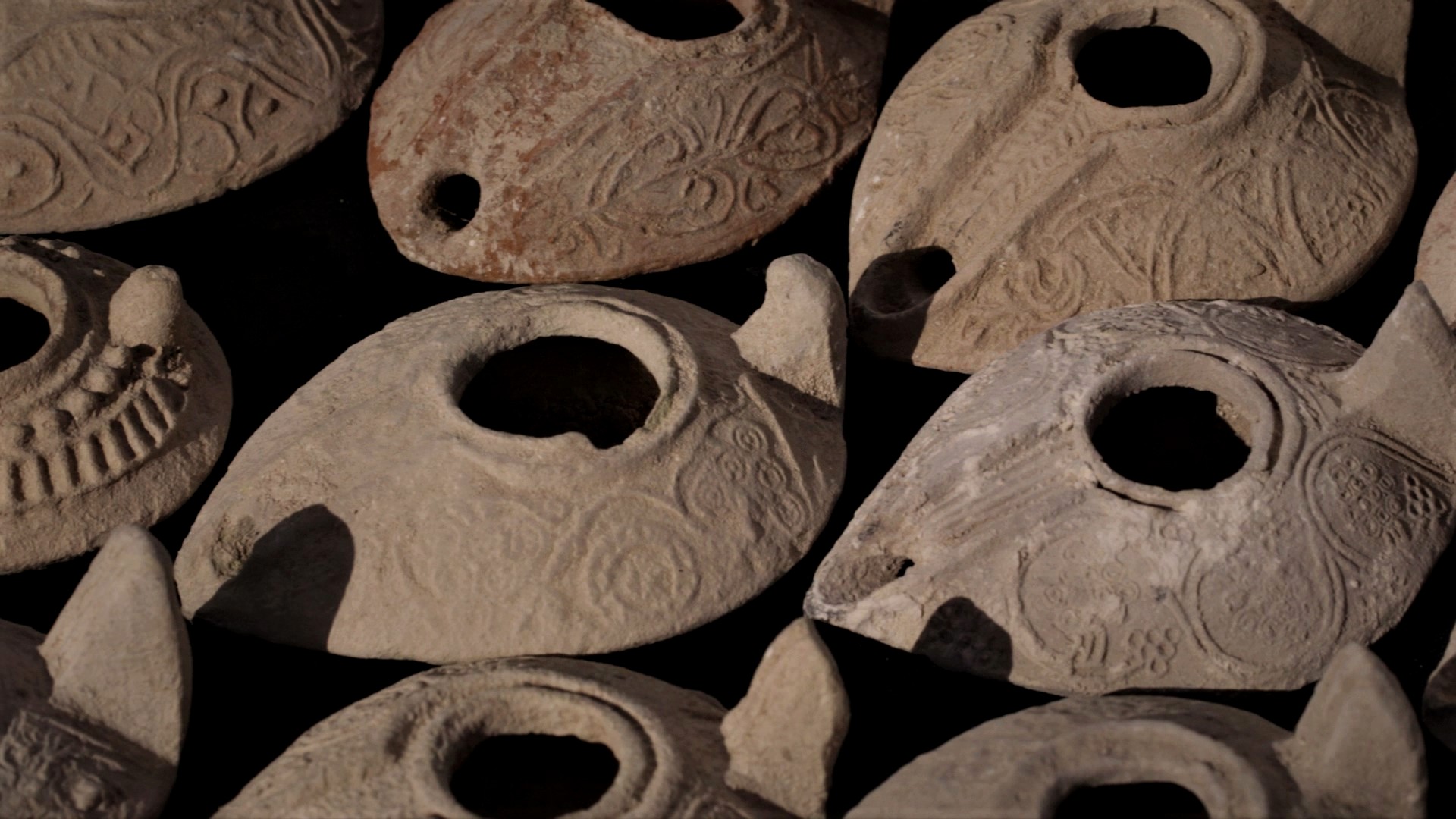
The Christian pilgrimage to Salome’s cave continued until at least the ninth century A.D., during the region’s Islamic period. Many of the clay oil lamps uncovered in the new excavation date to the eighth and ninth centuries, the archaeologists noted. The team also revealed a row of shop stalls in the cave’s forecourt that sold or rented the lamps to pilgrims, perhaps so they could venture into the dark interior.
“The lamps may have served to light up the cave, or as part of the religious ceremonies, similarly to candles distributed today at the graves of righteous figures and in churches,” Nir Shimshon-Paran and Zvi Firer, the IAA’s excavation directors for the southern region, said in the statement.
Although the cave has remained closed to the public since its discovery, Salome’s cave will open its doors, so to speak, once the current excavations are complete. The cave will be part of the Judean Kings Trail, a 60-mile-long (100 km) trail through the southern part of Israel that features dozens of significant archaeological sites.
source: livescience.com








